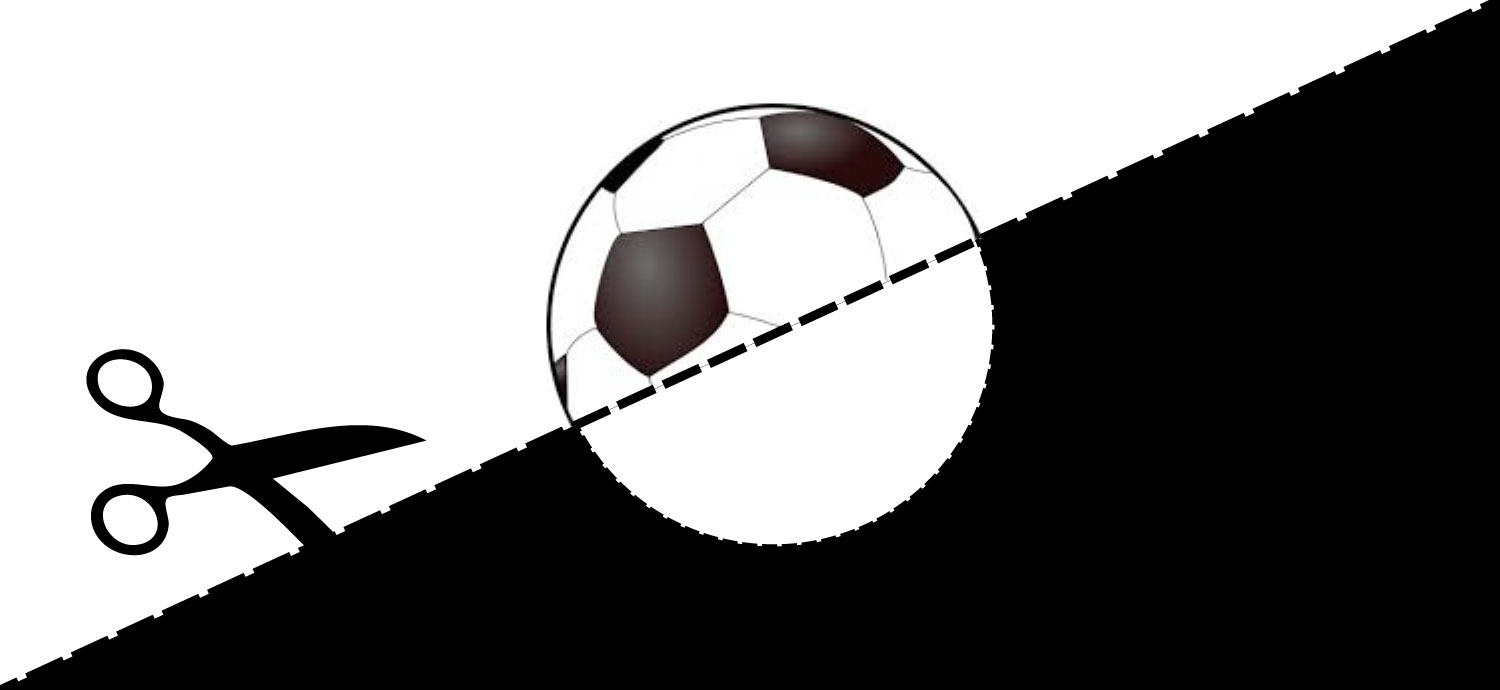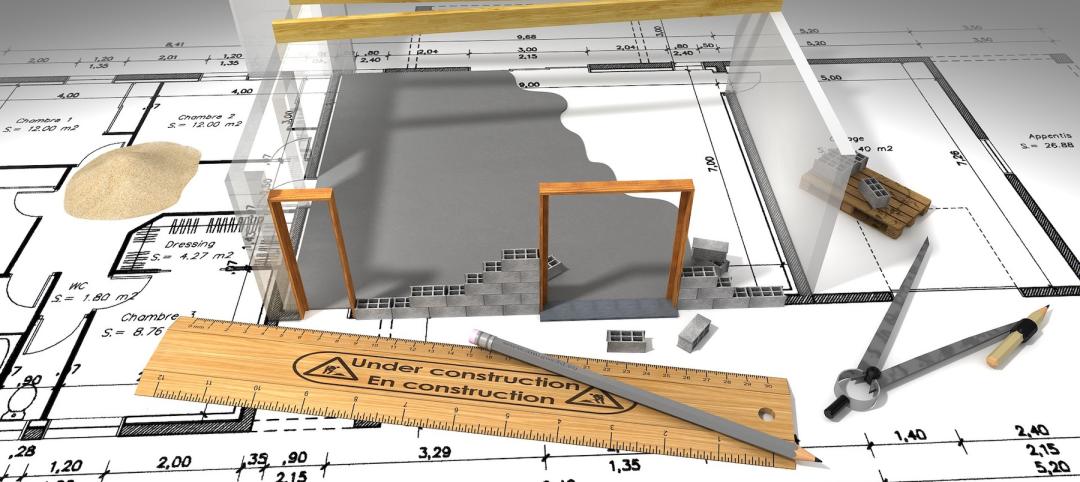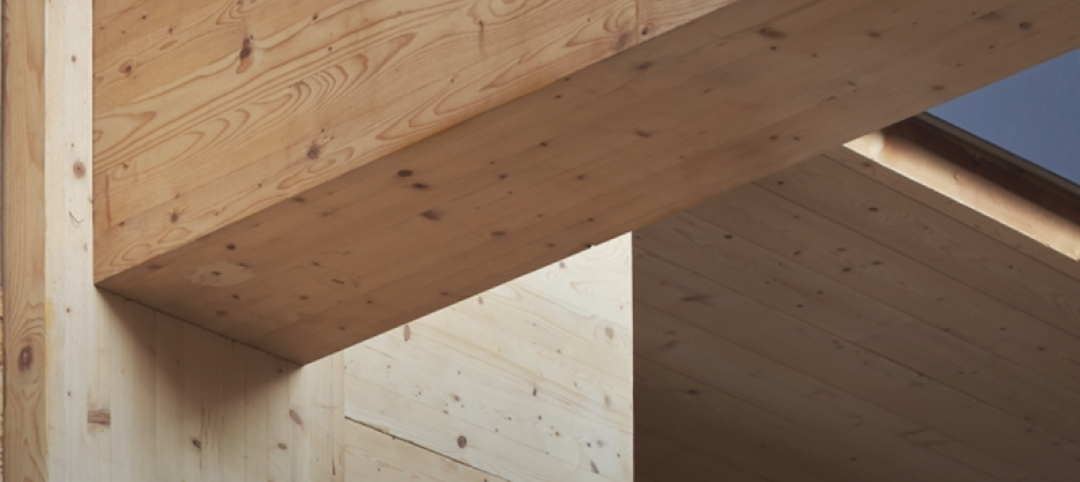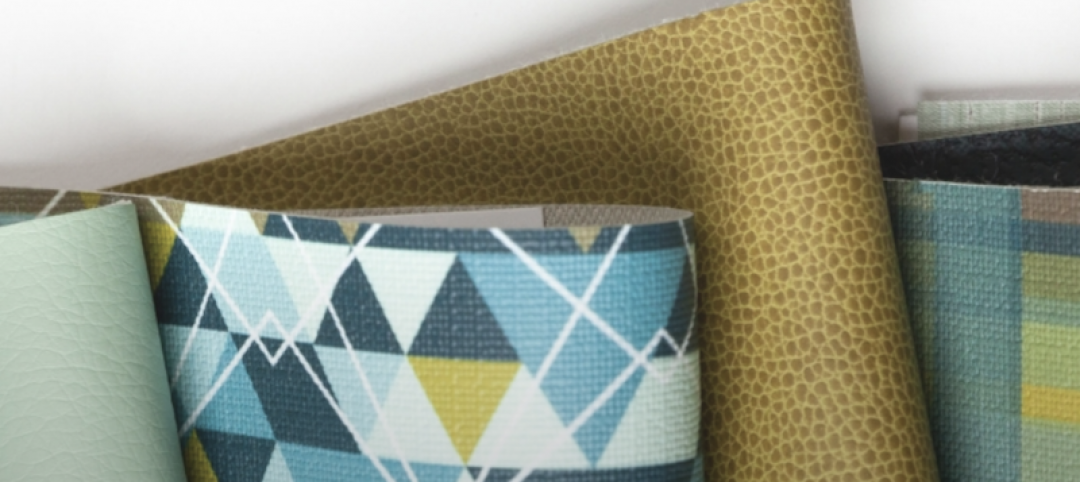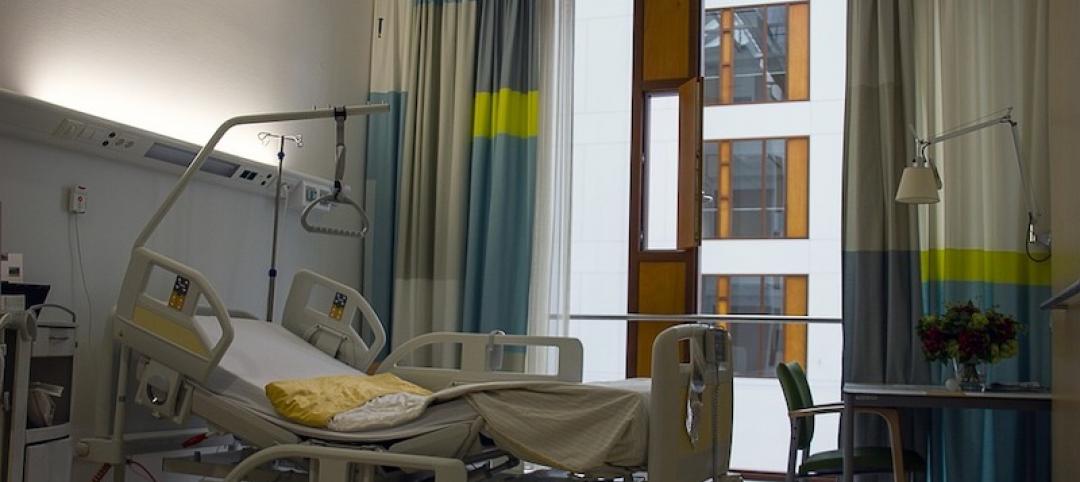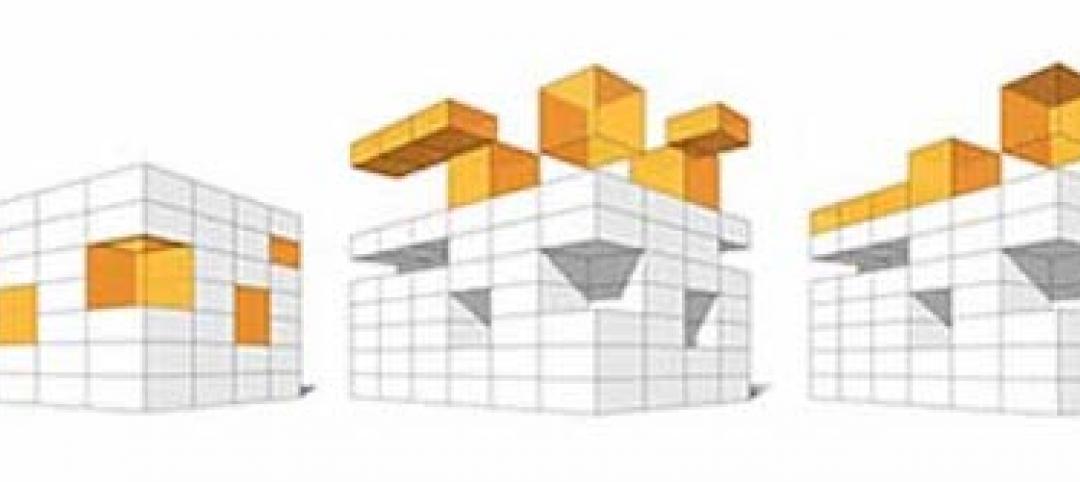Hear ye, hear ye! [cue trumpets]
Earlier this week, Microsoft shut down the classic clipart gallery. [cue gasps]
You’d probably think I’d be applauding the move as a designer. After all, clipart joins the ranks of Comic Sans and drop shadows as one of the most maligned graphic tropes of the digital age. I thought I’d be clapping too, but instead my jaw dropped. Granted, it doesn’t take much for my jaw to drop [see Doritos Locos Tacos commercial] but this announcement hit me pretty close to home. Here’s why.
I never really understood the word “design” growing up. My mom told me at a young age that she thought I’d make a good designer or engineer one day, and I remember being a little insulted. The word “designer” sounded like a made-up word (there’s no way I could spell it with that silent g in the mix) and I thought “engineer” meant train conductor. Great aspirations, mom. It wasn’t until a few years later that the word clicked. [insert lightbulb]
Computers were just starting to become mainstream in my middle school years, but you can be sure I already knew my way around Microsoft Word like a wunderkind. My first foray into the practice of clipart was a history report on ancient cultures. My teacher proudly shared with classes and colleagues the context-appropriate Egyptian-themed clip art I cleverly nestled within the narrative. Bravos came from all around.
Clipart is what made my work the talk of the sixth grade. I learned years later that my Spanish teacher fabricated an assignment for the sole reason to see a "Dylan Coonrad original Powerpoint." At age 11, I assembled the first-ever youth soccer newsletter that landed on over 4,000 doorsteps in town. I’ll never forget it. The title of the tri-fold brochure was set in Yearbook Outline—a font exclusive to MS Publisher 95—above a full-bleed birds-eye soccer field background. Scattered through the interior articles was a carefully curated selection of soccer-related clipart, colors, and graphics that complimented each other in ways only a sixth grader could rationalize. Primary typeface: Comic Sans (naturally). Drop shadows: everywhere. The town was abuzz. I got numerous requests for repeat work, and one fan called to praise my design, adding that it encouraged her to enroll her kids in the program that very week.
It took a while, but I began to notice a trend: I had a talent of creating memorable work. That’s when it hit me: I was indeed capable of this “design” thing. (Just goes to show, moms are always right.) Design isn’t just little cartoons or trendy fonts. Design has the power to inspire and connect. Design is thinking made visual. Clip art taught me to use design as a tool to enhance experiences. How else can I add value to this project that goes beyond the requirements? How can I demonstrate concepts in ways that connect with the audience?
From then on, clipart was the belle of the ball for me. There wasn’t a single document that got printed without some kind of clipart flourish.
Fast forward to today: I don’t even own a printer. I can’t remember the last time the paper clip popped up to help me write a letter, but I’m sad to see it all go. However, there might be a hidden motivator behind Microsoft’s decision. Sure, the clipart gallery doesn’t align with their refreshed clean-cut aesthetic, but maybe Microsoft is trying to challenge us. What do custom birthday cards look like without the typical birthday cake and candle cartoon? What could be on the cover of a book report without a stack of books or Shakespearean quill? We live in a brave new world, indeed.
I still subconsciously accompany words with other sensory images when I write--hence the [annotations] in this post. Don't get me wrong: I haven't used clip art in 15+ years, but I’m finding myself reaching towards Insert > Picture > Clipart, if only to pay homage to an age-old habit.
So here’s to you, clipart. You taught me to leverage associations and experiences as a form of communication. You taught me how to proportionally scale artwork. While the modern-day professional in me considers this a cause to celebrate, the curious young designer feels like he lost a dear friend. [cue sniffles]
Here’s one thing I won’t miss, Microsoft: Word Art. [cue war cries]
About the author
Dylan Coonrad is a graphic designer on a mission: to be the greatest of all time, and also to pay as little for lunch as possible. He is constantly researching new ideas and creating unexpected connections with his graphic work. He’s also a monster on the volleyball court! Don’t let his super-manliness fool you—he has a sensitive side too. In addition to graphic designing (for business and pleasure), Coonrad is working on his debut country album, “Slowing it Down, Twanging it Up: Pop Country Remixes.”
More from Author
HDR | Jun 30, 2022
Adopting a regenerative design mindset
To help address the current climate emergency, a new way of thinking across the entire architecture, engineering and construction industry is imperative.
HDR | Jan 11, 2022
Designing for health sciences education: supporting student well-being
While student and faculty health and well-being should be a top priority in all spaces within educational facilities, this article will highlight some key considerations.
HDR | Sep 28, 2021
Designing for health sciences education: Specialty instruction and human anatomy labs
It is a careful balance within any educational facility to provide both multidisciplinary, multiuse spaces and special-use spaces that serve particular functions.
HDR | Aug 20, 2021
Prioritizing children’s perspectives with play-based design charrettes
Every effort is made to assure that captured insights and observations are authentically from the children.
HDR | Sep 25, 2020
Performance-based textile cleaning and disinfection in the age of COVID-19
It is essential for both designers and environmental services to know the active ingredient(s) of the cleaning products being used within the facility.
HDR | Jan 27, 2020
Elevating the human experience in public realm infrastructure
Understanding the complexities of a community by pairing quantitative data and human needs.
HDR | Oct 2, 2019
Why mass timber?
In a world where the construction industry is responsible for 40% to 50% of CO2 emissions, renewable materials, such as wood, can help mitigate the rate of global warming.
HDR | Aug 23, 2019
5 converging trends for healthcare's future
Our solutions to both today’s and tomorrow’s challenges lie at the convergence of technologies, industries, and types of care.
HDR | Dec 18, 2018
Redesigning the intergenerational village: Innovative solutions for communities and homes of the future
Social sustainability has become a central concern in terms of its effect that spans generations.

